MCN's favourite FIM homologated motorcycle helmets | Tried and tested for thousands of miles
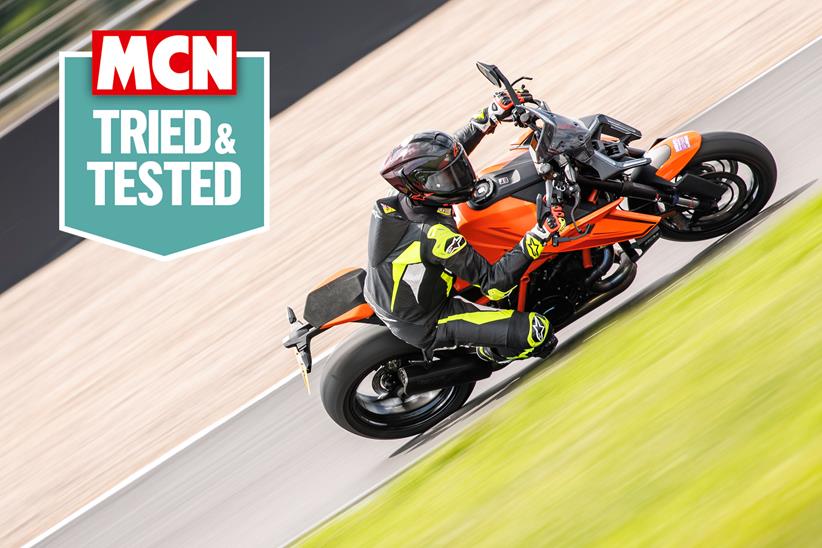
Whether you’re looking for an authentic race replica for the road or want to take to the track wearing the best protection available, then an FIM homologated motorcycle helmet Could be for you. Certified for use at the highest level of motorcycle racing, these helmets are identical to those worn by riders in the MotoGP and World Superbike championships.
- Are you in America? Find our best FIM helmets USA page here
If you are simply looking for a sporty helmet though, an FIM lid may be overkill and cost more money than you need to spend, but of course why not buy the top of the line helmet if you can.
This category of helmet is quite niche, but we have tried some of these helmets out riding sportsbikes on both road and track to give you an idea of which one is best for you.
What is a FIM homologated helmet?
The FIM (Fédération Internationale de Motocyclisme) is the worldwide governing body of motorcycle sport and as such specifies the rules and regulations for every aspect of international competition. In 2019 the FIM introduced its own helmet testing programme, FRHPhe-01, whereby manufacturers’ lids are put through a series of stringent tests to ensure that they meet the extreme safety demands that come with high speed competitive use. All helmets used in FIM road racing must comply with this standard.
In order to be considered for the testing programme, a helmet must already be certified to the current ECE (22.06 at the moment), Snell and JT standards, have a one piece shell with fixed chin bar and feature a double-D strap retention system. A sample group of 10 helmets is then subjected to a barrage of a tests under three main headings – linear impact, oblique impact and penetration.
Linear is designed to measure impact absorption, whilst oblique is concerned with rotational forces and penetration to ensure rigidity of the shell. If a helmet exceeds the specified values for all criteria it can then carry the official FIM hologram label, which must be sewn to the chin strap. Each size and variation of a given helmet has to go through the testing programme individually in order to achieve its specific FIM approval.
In November 2022 the FIM launched the next phase of the testing programme, FRHPhe-02, designed for off-road helmets. This will become mandatory for all relevant FIM competition from 2026.
Do you need a FIM homologated helmet?
Most riders do not really have a requirement for a FIM helmet, and if you do, you probably already know that you do, as it will be a requirement to compete in your racing, and chances are your sponsor will provide it.
FIM homologation does not mean that it is safer than others, it simply means it has been tested to allow it to be used in certain races. If a helmet has a good SHARP rating and meets the latest ECE standard then it is plenty safe enough for road use.
FIM homologated helmets often lack luxury and comfort features that you might find on a sports touring helmet. in order to remain exceptionally light. They will not have a drop down sun visor or cut-outs for intercom speakers, or may lack good ventilation and are often noisier than road helmets.
Tried and tested FIM helmets


The new ECE 22.06 and FIM rated helmet from Italian firm Alpinestars is the firm's first non off-road helmet. Build and finish is impressive and the immediate impression on a bike is how incredibly light and well vented it is. The S-R10 helmet cools your head the instant you start moving. It arrows through the wind, so it’s stable at speed, buffeting is minimal and vision excellent.
It’s easy to change the visor, although the opening the sturdy visor lock takes some getting used to. Being able to fine tune the fit with the ‘A-Head’ is handy and overall, its comfortable, although I’d like to try thinner cheek pads. We’ll be testing it over the coming months for a full review.
| Construction | Aramid fibre plus fibreglass layers |
| Weight | 1,540g |
| Shell sizes | 4 |
| Chin strap | Double D |
| Warranty | 2 years |
- Hydration hose ready
- Homologated to ECE 22.06, DOT and FIM certified
- Linings are removable and washable, and feature fabrics with anti-microbial treatments
- 11 ventilation ports
- Emergency Release System allows safe & easy removal of cheek pads while helmet is still on
- Optimised for low drag performance and maximum aerodynamic stability
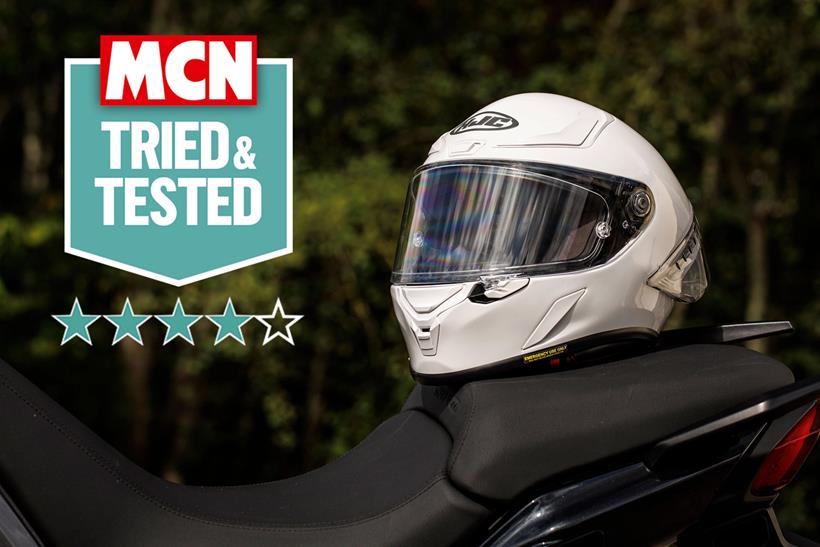

"I find my own verdict on the HJC RPHA 1 rather perplexing. While the brand’s own promotional material talking about the product’s uncompromising race-focussed nature, it’s actually the calm road manners and civilised qualities that standout as the best bit of this helmet for me.
I like the stability at speed, the visibility, and the chunky robust feel. In fact, it’s only when I’ve showed it a race track that I’ve actually been left a touch disappointed."
"Don’t get me wrong, this is a very good product, and owners’ reviews on the MCN Shop reflect this, but I have used better helmets for trackday activities. However, for a blend of sporty road riding and the occasional stint on track, it could be a nice helmet to consider – doing a good job of offering two products in one. If I had my time again though, I think I would’ve ditched the rear spoiler for a slightly more understated look – especially when using it predominantly on the road. "
Read the full HJC RPHA 1 review
Pros
- ECE 22.06
- Stable
- Quiet
- Well built
- Good visibility
Cons
- Track venting could be better
- Rear spoiler compromises look
| Weight | 1450g |
| Construction | Carbon fibre |
| Chin strap type | Double D buckle |
| Intercom ready | Yes |
| Drop down sun visor | No |
| Pinlock | Included and fitted |
| Interior | Fully removable |
| Shell sizes | Five - 2XS-XS, S-M, L, XL-2XL |
| Warranty | Five years |
| Safety standard | ECE22.06/FIM homologated |
- Removable and washable crown and cheek pads
- Emergency kit for quick removal in an emergency
- Pinlock insert included
- five intake vents and four exhaust ports
- Speaker pockets for addition of bluetooth system
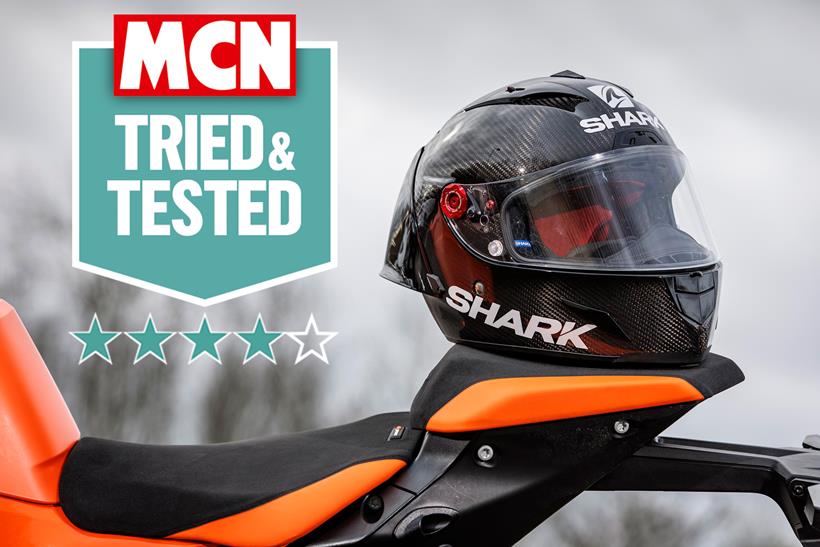

"The only helmet on our list that not only meets the FIM regulations but also has the convenience of being comms ready, with a provision for Shark's own bluetooth system. The shell of the Race R Pro GP is COVA construction, that's 'Carbon On View and Aramid', with a dual density shock absorbing chin guard that also boasts a serviceable anti-pollution filter in an adjustable vent. An ergonomically designed grip makes the quick release visor easy to operate, which has a class 1 optical rating. Fully refreshable interior with spectacle channels and '3D' morphic comfort cheek pads. "
Read our full Shark Race-R Pro GP review
Pros
- Super quiet
- Lightweight
- Top quality
- Reassuring protection
Cons
- Price
- Supplied visor doesn’t have Pinlock pins or insert
- ‘Shark fin’ looks like an afterthought
| Weight | 1430g (Med) |
| Construction | Carbon-Aramid composite |
| Chin strap type | Double-D ring |
| Intercom ready? | Yes - Sharktooth |
| Drop down sun visor? | No |
| Pinlock? | No |
| Interior | Removable/washable/antibacterial |
| Shell sizes | 2 |
| Warranty | 5 years |
| Safety standard | FIM FRHPhe-01 2018 & ECE 22.05 |
- Lightweight carbon fibre-aramid and COVA construction
- 'Quick spoiler safety system' allows ejecting the spoiler in the event of a fall to limit effects of shocks
- Removable, washable interior
- Sharktooth bluetooth unit compatibale
- Official 'Shark Racing Division' bag, dark smoke anti-scratch and anti-fog visor, and official sponsor decals included
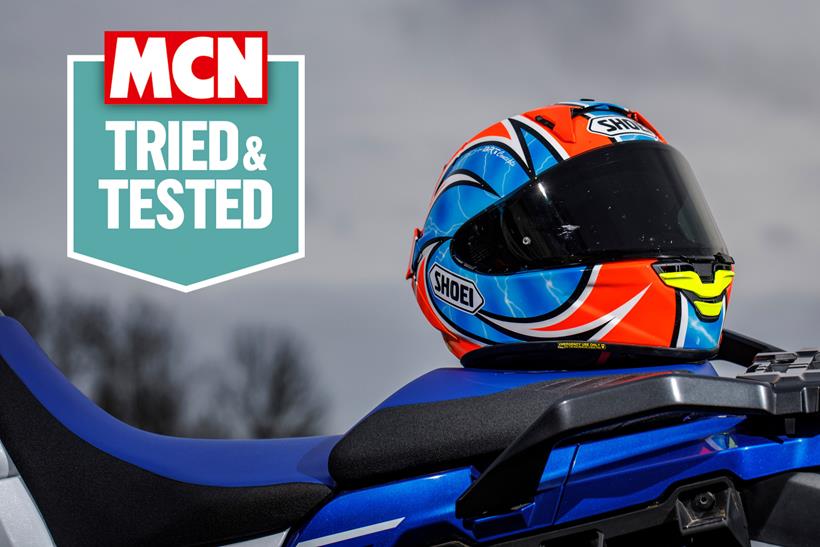

"This is the first Shoei race lid I’ve owned since the late 80s. I’ve worn Arai RX-7s ever since, so it’s been interesting to make the comparison between the two big hitters. I’m not mad keen on the ‘Pac Man’ shaped visor, although to see out of it’s superb. I prefer the style of the GT-Air II touring helmet and Arai’s side pod design. Looks aside, the Shoei equals the Arai with the luxurious quality of everything from the interior to the smoothness of the vents and quick release visor mechanisms. It’s lighter – almost disarmingly so at first and it slips through the air more quietly and with excellent stability, which makes it easy to wear for long periods and less fatiguing, especially on track."
"The venting is excellent, to the point it can be a little too chilly to wear in the middle of a UK winter. I’m generally a medium and the X-SPR Pro fits well out of the box, but I’ve taken advantage of Shoei’s fitting service. They added a few more pads inside for a snug, perfect fit, but I don’t think the interior quality quite matches the velvety plushness of an Arai. Mine also has a Rich-Art paintjob, which as always finished as well, if not better than a factory finish. Best of all when you see Marc Marquez consistently walking away from huge crashes wearing a Shoei X-SPR Pro helmet (and the previous versions) it gives you the utmost confidence and I’ve always felt as safe as houses wearing mine."
Read the full Shoei X-SPR review
Pros
- Lightweight
- Stable
- Great visibility
- Superb quality
- Marquez-proof
Cons
- Not sold on its looks
| Weight | 1450g |
| Construction | Multi composite |
| Chin strap type | Double D Ring |
| Intercom ready | Yes |
| Drop down sun visor | No |
| Pinlock | Yes |
| Warranty | Five years |
| Safety standard | ECE 22.06/FIM Certified |
- Modular EPS liner system with multiple densities
- Mist-retardant CWR-F2R Pinlock® visor
- Double secured visor lock system.
- E.Q.R.S. security system (Emergency Quick Release System)
- Fully removable and washable interior pads
- High-performance ventilation with 7 closable air inlets & 6 air outlets
- Rear stabilizer with flaps to provide stability during braking
- Pinlock insert included
Other FIM helmets to consider


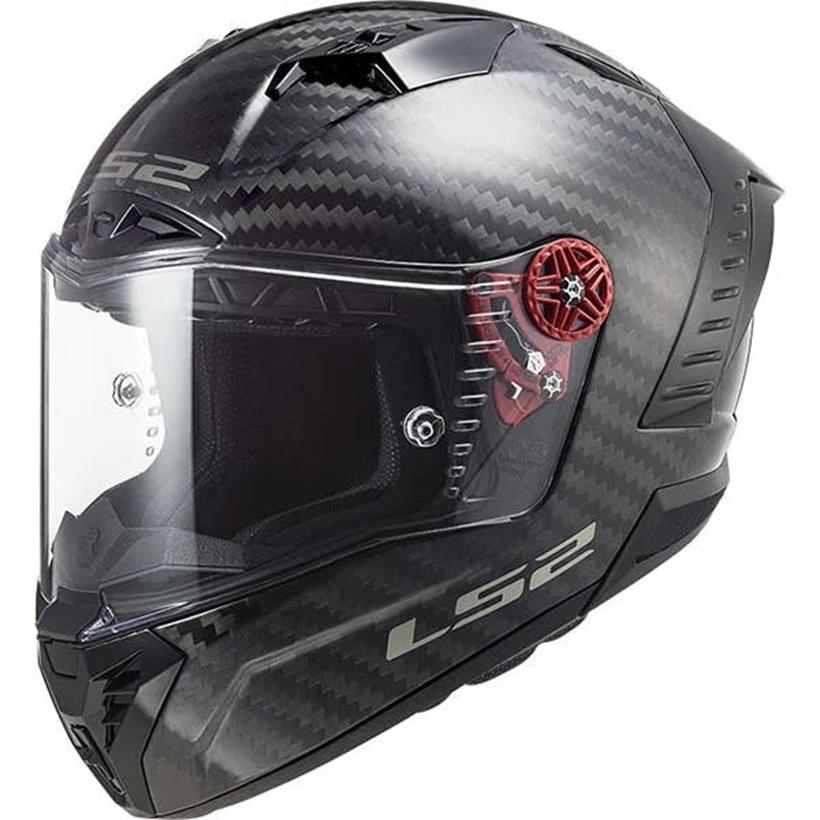

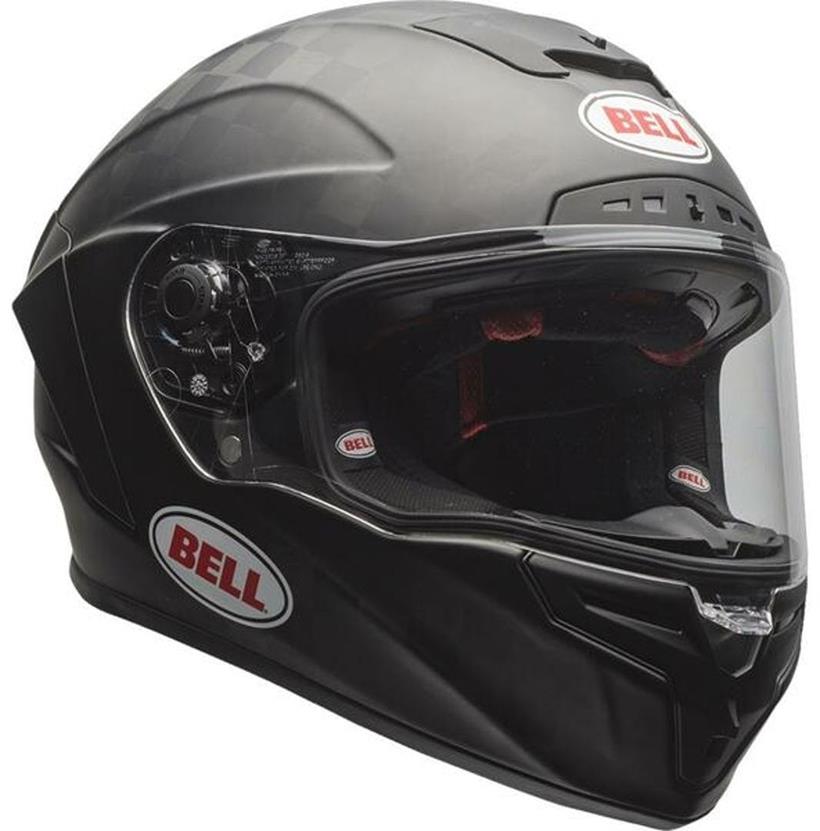

Frequently asked questions
What does FIM homologated mean?
FIM homologated means that a helmet has been tested to meet stringent standards for impact energy absorption, sharp objects penetration to meet FIA approval.
Are FIM helmets the safest?
Not necessarily, FIM homologated helmets must pass the same ECE 22.06 standard that all helmets must meet, before being put forward for the FIM testing.
Are FIM homologated helmets more expensive than other helmets?
In short, yes, significantly more so. FIM helmets are usually priced at around £1,000 give or take, so they definitely aren’t for everyone.
How MCN tests FIM homologated helmets
Here at MCN, we make it our mission to help you find the right kit for you, at the right price for your budget. We don’t crash test (on purpose), nor lab test; there’s no substitute for just putting in the miles with them. We test our helmets the same way you’ll use yours, by riding.
And, we aim to put at least 1000 miles in them before sharing our findings. Our word is backed by hundreds of thousands of miles in the saddle collectively, but our recommendations come from each tester individually.
We’ve worn these tested FIM homologated bike helmets for hundreds or thousands of miles on MCN test bikes and we ride in all weathers and conditions, too. We’ll never recommend a helmet we wouldn’t put our own head in!
Some of our testers, such as Michael Neeves, spend lots of time on track, too, be that during bike launches, testing bikes on track in the UK or even club racing at the weekends. We don’t conduct our own testing for the things that the FIM already checks such as impact absorption but are more interested in the practical matters of wearing them day-to-day.
Our testers are asked to consider the following aspects as they use an FIM helmet, or any other lid for that matter.
Comfort: This covers aspects like the fit (although this is obviously subjective) but also the liner material, how heavy it feels to wear and what it’s like over a prolonged period of riding.
Visor: The size and position of the visor is crucial, especially in a full racing tuck. They also consider the ease of changing the visor and how easy the mechanism is to operate.
Ventilation: Air flow is very important in any helmet but especially in the physical act of riding hard on a track. Not only will good ventilation keep you comfortable, it’ll also stop you sweating into your eyes and get plenty of fresh air into your lungs.
On the road, we’re also concerned what the vent switches are like to use with gloves on, too.
Noise: Realistically, whether or not a helmet is noisy on the track is irrelevant. Surrounded by a grid full of loud, angry race engines with straight-through exhaust systems, your ear plugs are the only thing that will save your ears.
But on the road, the wind noise generated by some helmets can get unbearable on long journeys even with your earplugs in. Whistling vents or vibrations can also drive you mad after a long time in the saddle.
Looks: The looks of any of your kit are completely subjective and down to individual taste, but given our testers’ extensive years and experience in the industry we still ask for their opinion on the matter, You are free to agree or disagree as you see fit!
Quality: Perception of quality is another skill that comes with experience. You can’t tell from the pictures what a helmet feels like, how flimsy the vents are, wether the visor feels notchy or silky smooth. It should never be an issue with an FIM approved helmet (at the prices they ask) but our testers will soon let you know.
Value: This doesn’t mean cheapness. An expensive helmet can represent good value if the money is well-spent. Our testers also take factors like warranty terms into account when considering a product’s value in the market place as well as its price compared to other similar products.
If you can’t see a review against a helmet on this page, it’s because we haven’t tested it yet. These helmets will only be included if we think they’re important and relevant in the market, and rest assured, we will be working on bringing you a review as soon as we’ve done the miles.
To find out more, head to our dedicated page explaining how we test motorcycle products.
Our scores explained
We would never test a helmet that doesn’t already reach the legal testing requirement for use on the road in the UK (currently ECE 22.06) but all FIM helmets already reach this approval standard anyway.
When we review a product, we award it a score out of five. In the ratings tab of a given product, you may also find more specific scores for the different aspects of a product’s performance to help you make an informed decision. In order to be included in a buying guide, a product must achieve an overall score of at least four stars.
Here’s a guide to what each number score means:
- 1 star – Poor performance in this category or overall. A product with a single star rating has fallen below the expected standard and should be avoided.
- 2 stars – Basic performance in this area or overall. A product with a two-star rating has managed to perform to a barely acceptable level and there is room for improvement.
- 3 stars – An average performance in this area or overall. A product with a three-star rating has achieved a basic level of performance and is deemed adequate.
- 4 stars – A product has performed over and above the accepted averaged in this category or overall. A product with a four-star rating has surpassed expectation and delivered in a particularly impressive way.
- 5 stars – A product has performed at the highest possible level in a particular category or overall. A product with a five-star rating has delivered to the highest possible level, impressing the tester with its performance. We would happily spend our own money on it.
Justin Hayzelden is a Commercial Content Writer at MCN Products. He has extensive industry experience, having spent over 10 years as a freelance road tester and journalist.
- Just so you know, we may receive a commission or other compensation from the links on this website - read why you should trust us.




